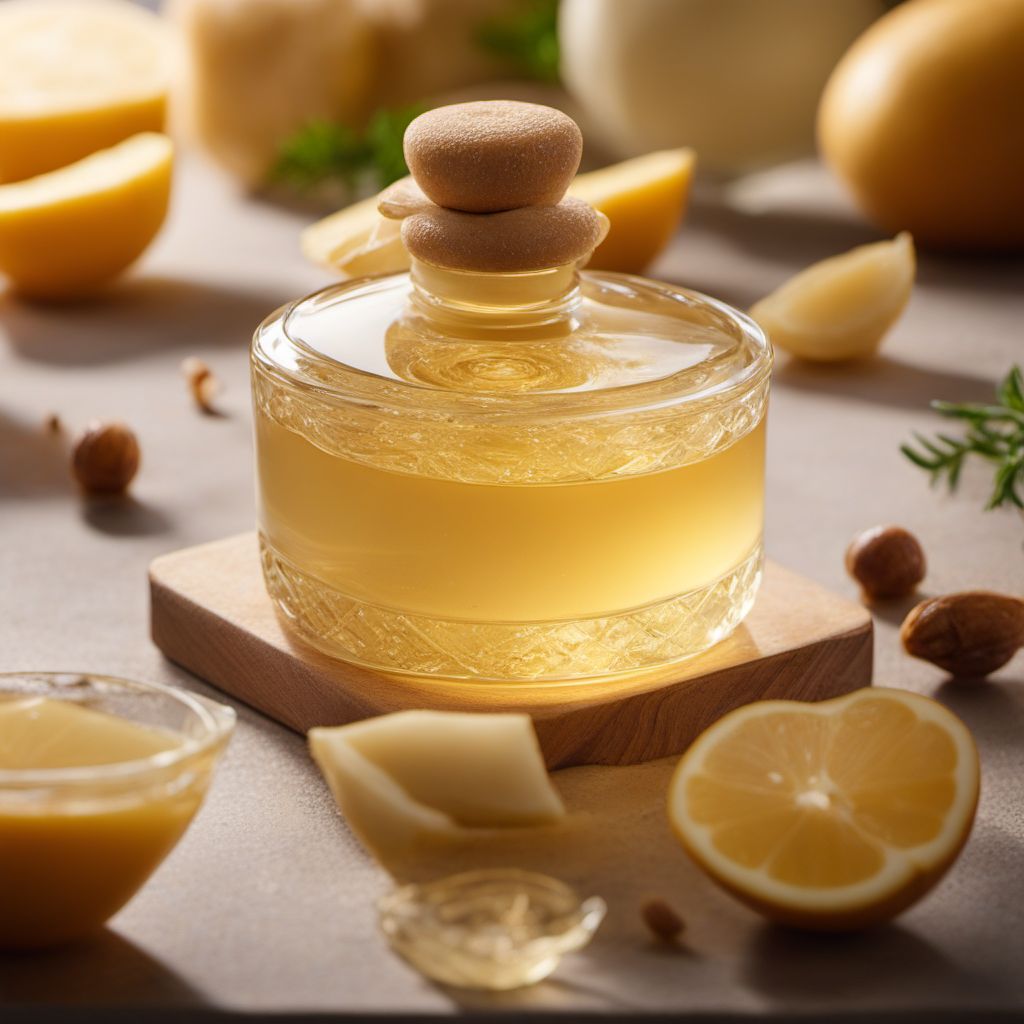
Ingredient
Goose fat, processed
Liquid Gold: The Delicate Elixir of Goose Fat
Goose fat, processed, is a rendered fat obtained from geese, typically through a slow cooking process. It has a creamy, golden appearance and a smooth, velvety texture. With a rich, savory flavor, it adds a luxurious touch to dishes, enhancing their taste and texture. Goose fat has a high smoke point, making it ideal for frying, roasting, and sautéing. It also has a unique ability to enhance the flavors of other ingredients, making it a popular choice among chefs and home cooks alike.
Origins and history
Goose fat has a long history and is deeply rooted in European culinary traditions. It has been used for centuries in countries like France, Hungary, and Poland, where geese were traditionally raised for their meat and fat. Goose fat was highly valued for its ability to preserve food and provide nourishment during harsh winters. It was also used in traditional dishes like confit, where meat is slow-cooked and preserved in its own fat. Today, goose fat is still widely used in European cuisines and has gained popularity in other parts of the world.
Nutritional information
Goose fat is a good source of monounsaturated fats and contains essential fatty acids. It is also rich in vitamin E and provides a good amount of energy, with approximately 120 calories per tablespoon.
Allergens
Goose fat may pose a risk for individuals with poultry allergies.
How to select
When selecting goose fat, look for a clear, golden liquid with a smooth consistency. Avoid any jars or containers with signs of spoilage, such as an off smell or discoloration. Opt for reputable brands or sources to ensure quality and purity.
Storage recommendations
To maintain the freshness and quality of goose fat, store it in an airtight container in the refrigerator. It can also be frozen for longer-term storage. Properly stored, goose fat can last for several months.
How to produce
Goose fat can be produced at home by rendering the fat from goose trimmings or skin. This involves slowly melting the fat over low heat until it liquefies and straining it to remove any impurities. However, it is important to note that this process requires caution and proper equipment to avoid accidents.
Preparation tips
Goose fat can be used in a variety of ways in the kitchen. It is excellent for roasting potatoes, as it gives them a crispy exterior and a soft, fluffy interior. It can also be used to sauté vegetables, adding a rich flavor to stir-fries or side dishes. Additionally, goose fat can be used as a substitute for butter or oil in baking, lending a unique taste to pastries and pie crusts. When using goose fat, it is important to remember that a little goes a long way due to its intense flavor.
Substitutions
Duck fat or high-quality lard can be used as substitutes for goose fat, providing a similar richness and flavor.
Culinary uses
Goose fat is widely used in European cuisines, particularly in dishes like confit, where meat is slow-cooked and preserved in its own fat. It is also a popular choice for roasting potatoes, as it gives them a crispy exterior and a soft, fluffy interior. Additionally, goose fat can be used in sautéing vegetables, frying, and even in baking, adding a unique flavor to various dishes.
Availability
Goose fat is commonly available in regions where geese are raised for meat production, such as Europe and North America. It can be found in specialty food stores, gourmet markets, and online retailers.


